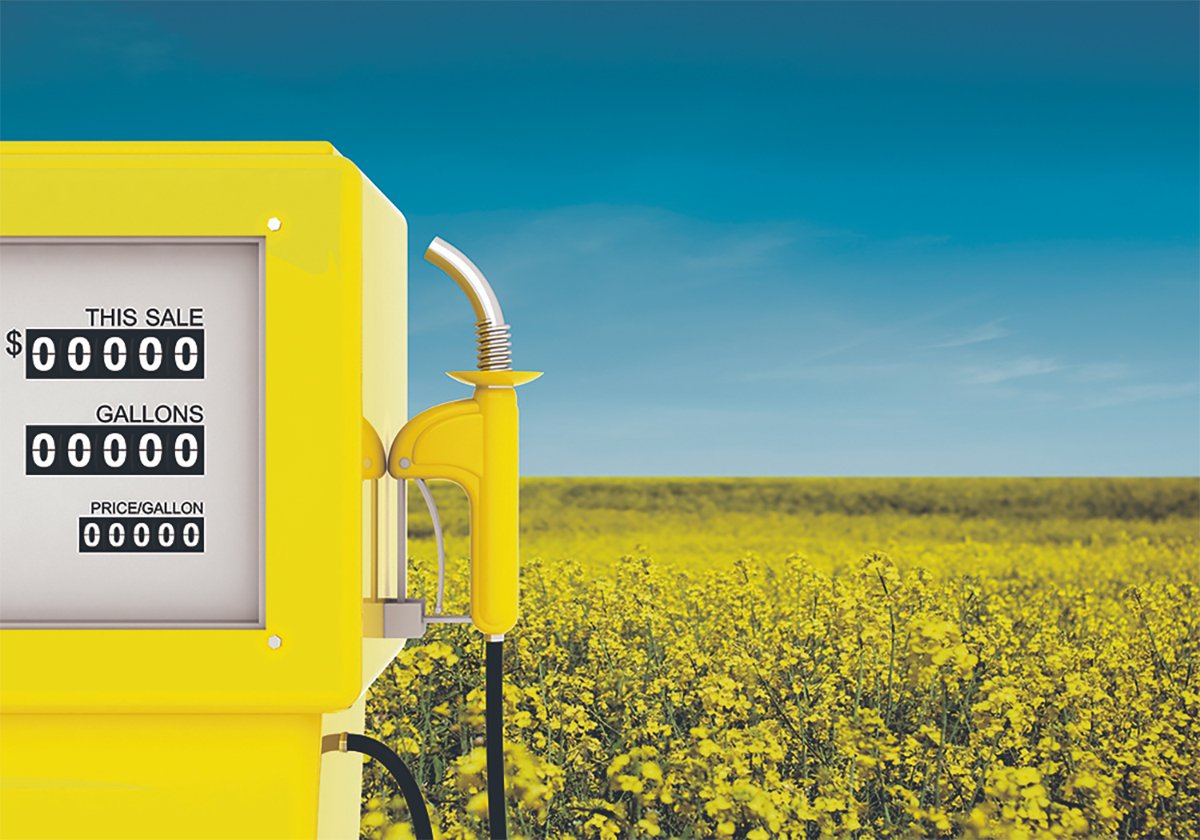Outlook depends on weather | Frost a big concern as crops got off to a late start
The trade was anticipating up to a 900,000 tonne increase in canola production in advance of Agriculture Canada’s latest supply and demand outlook.
Agriculture Canada’s July estimate called for 14.6 million tonnes of production. A new supply and demand report was scheduled to be released early this week, which is past The Western Producer’s publication deadline.
The trade was forecasting a 2013 crop somewhere in the 15 to 15.5 million tonne range prior to the release of the report, said Dave Reimann, market analyst with Cargill’s Grain Marketing Services.
Read Also

Biofuel sector happy with federal budget
Advanced Biofuels Canada says new Biofuel Production Incentive is a lifeline until CFR amendments are in place.
“With the weather that we’re seeing the trade is adjusting their yields up,” he said.
Larry Weber, an analyst with Weber Commodities Ltd., was forecasting 15.2 million tonnes of production based on an average yield of 33.7 bushels per acre.
That’s not far off Agriculture Canada’s July yield estimate of 33 bu. per acre. The trade believes yields will be closer to 34 to 35 bu., said Reimann.
“Overall, as I talk to growers or some of our advisers across the Prairies the words that seem to come up are, ‘slightly better than average,’” he said.
Some forecasters are calling for 16 million tonnes of production, which would require an average yield of about 36 bu. Reimann said that is not out of the question as long as the weather holds.
Frost is the big concern. Canola crops are about two weeks behind normal development in Saskatchewan due to late seeding and a lack of heat units.
Corey Loessin, who farms near Radisson, Sask., is one grower fretting about the potential for frost damage.
“There are lots of still yellow canola fields at this time of year and that’s late,” he said.
“A frost before Sept. 10 would have a huge impact.”
Loessin has a nice crop on the way that should shatter the farm’s typical 30 bu. per acre yield.
“The stand is there for considerably more than that. There are some stands that should do better than 40 if they mature and the seeds fill in properly,” he said.
Loessin chalks it up to good spring moisture and ideal July growing conditions.
“(Canola) has been flowering under moderate temperatures. It likes that.”
Tyler Russell, Cargill’s national grain marketing manager, said there are not too many bad canola crops out there with the exception of southwestern Manitoba, the Dauphin area and portions of northeastern Saskatchewan.
Canola plants have experienced a prolonged flowering period due to the cool weather.
“That has allowed for a lot of flowers and a lot of pods. With some moisture at key times it’s going to allow the plants to have plumper seeds in them,” he said.
“We continue to put more and more into the supply because it looks like a bigger crop every day.”
Russell said the acres are there for 16 million tonnes of production if August is hot and dry and September is co-operative.
“It looks like this could be the year where some people have storage issues. We could have a big crop,” he said.
If storage isn’t a problem, farmers can capture price premiums through futures markets. If it is, then farmers need to start planning because there could be plenty of cash sales straight off the combine.
“Most guys will look out the door and say, ‘There’s still $10 canola. I’m still making money. I’m going to sell it,’” he said.
Russell predicts elevators and crushers could fill up in a hurry.















